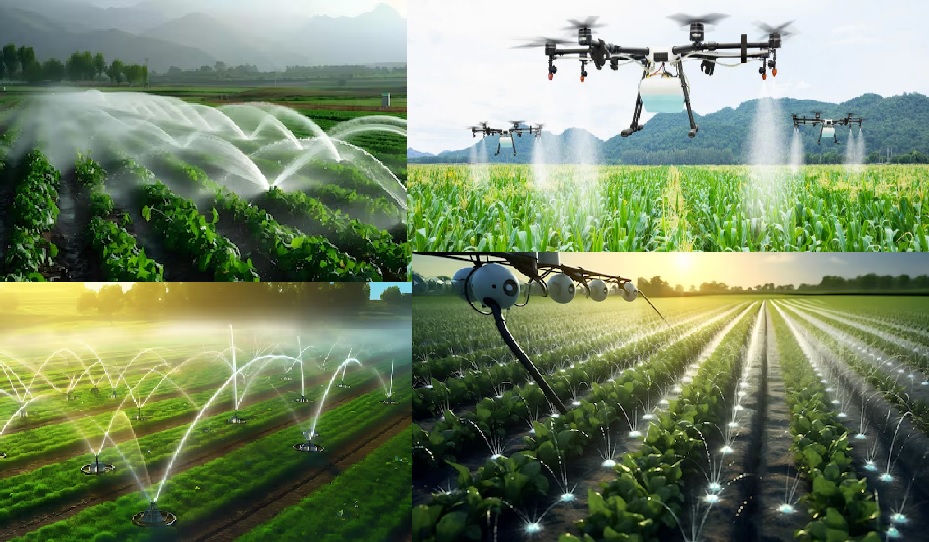
Designing an efficient farm-ready water storage system is crucial for ensuring a reliable and sustainable water supply for agricultural activities. Water is a vital resource for crop irrigation, livestock watering, and various other farm operations. To maximize efficiency and minimize waste, careful planning and design are essential. Here are key steps and considerations for designing an effective water storage system for your farm:
Assess Water Requirements
The first step in designing a water storage system is to assess the water requirements of your farm. This includes understanding the water needs of your crops, livestock, and any other farm activities. Consider factors such as the types of crops you are growing, the irrigation methods you use, and the number of livestock you have. This assessment will help you determine the total volume of water needed and the appropriate size of your storage system.
Identify Water Sources
Next, identify the available water sources on your farm. Common water sources for farms include wells, rivers, ponds, rainwater, and municipal water supplies. Evaluate the reliability, quantity, and quality of each water source. It is essential to ensure that the water sources can meet the demand, especially during dry seasons or droughts.
Choose the Right Storage Solution
Based on your water requirements and available sources, select the most suitable storage solution. Common water storage options for farms include tanks, reservoirs, and ponds. Tanks can be made of various materials such as plastic, concrete, or metal. Each material has its advantages and disadvantages in terms of cost, durability, and maintenance. Reservoirs and ponds are larger storage options that can hold substantial amounts of water, but they require more space and investment.
Consider Water Quality
Maintaining good water quality is essential for the health of your crops and livestock. Ensure that your water storage system is designed to minimize contamination and maintain water quality. Use appropriate filtration systems, cover storage tanks to prevent debris and algae growth, and regularly clean and maintain your storage facilities. If necessary, consider treating the water to remove impurities or pathogens.
Implement Efficient Water Distribution
Efficient water distribution is key to maximizing the effectiveness of your storage system. Use irrigation methods that minimize water wastage, such as drip irrigation or sprinkler systems. These methods deliver water directly to the root zone of plants, reducing evaporation and runoff. Additionally, design your distribution system with proper piping and valves to ensure even and controlled water flow to different areas of the farm.
Incorporate Automation and Monitoring
Modern technology can significantly enhance the efficiency of your water storage system. Consider incorporating automation and monitoring systems to manage water usage and detect potential issues. Automated irrigation controllers can optimize watering schedules based on soil moisture levels, weather conditions, and crop requirements. Monitoring systems can provide real-time data on water levels, usage, and quality, allowing you to make informed decisions and quickly address any problems.
Plan for Future Expansion
Finally, design your water storage system with future expansion in mind. As your farm grows and water demands increase, you may need to add more storage capacity or upgrade your distribution infrastructure. Ensure that your initial design allows for easy integration of additional storage units or irrigation systems. This foresight will save you time and money in the long run.
By carefully assessing your water needs, choosing the right storage solutions, maintaining water quality, and implementing efficient distribution and monitoring systems, you can design a farm-ready water storage system that maximizes efficiency and ensures a reliable water supply for your agricultural operations. Proper planning and investment in a well-designed water storage system will contribute to the sustainability and productivity of your farm for years to come.


